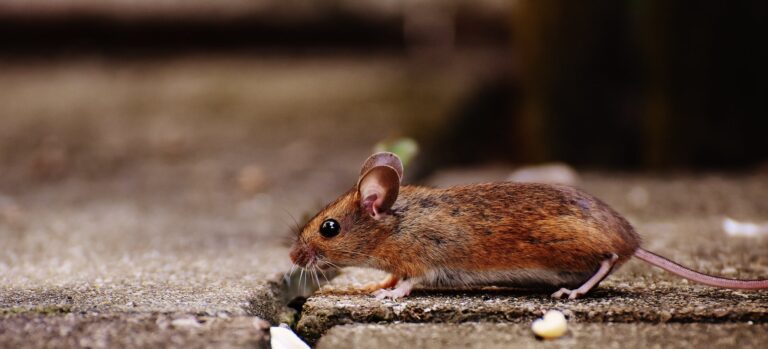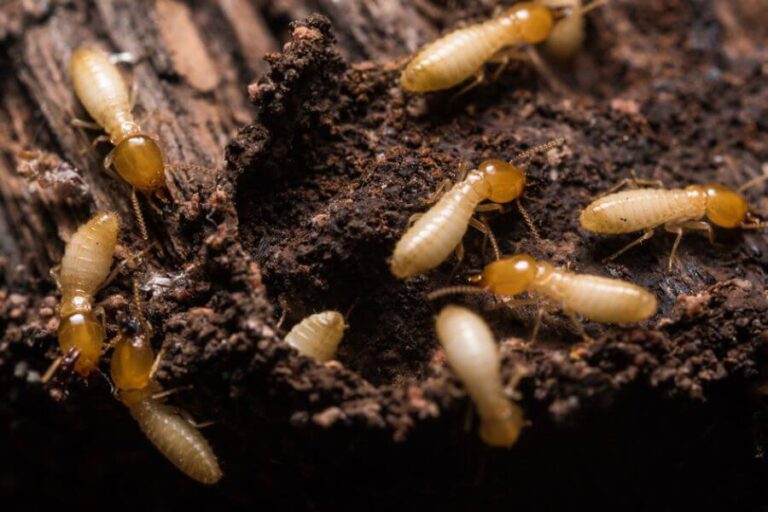The Hidden Costs: How Pests Impact California Economically
Are you aware that pests in California are not only a nuisance but also have a significant impact on the state’s economy?
‘The Hidden Costs: How Pests Impact California Economically’ explores the various ways these unwanted guests affect different sectors. From agricultural losses to property damage, healthcare expenditures to tourism and hospitality impact, and even decreased property values and economic impact on small businesses, the consequences are far-reaching.
The costs associated with pest control are also a significant burden. It is crucial to understand the hidden economic impact of pests and take proactive measures to mitigate their effects.
So, join us as we delve into the hidden costs of pests and their profound influence on California’s economy.
Agricultural Losses
You may not realize it, but pests in California have a significant impact on agricultural losses. These pesky creatures invade farms and wreak havoc on crops, leading to substantial economic losses for farmers. From destructive insects like aphids and beetles to plant diseases caused by fungi and bacteria, pests pose a constant threat to California’s agricultural industry.
One of the main reasons pests have such a detrimental effect on agricultural losses is their ability to rapidly multiply and spread. They reproduce at alarming rates, quickly infesting entire fields and destroying crops. This not only results in a loss of yield but also requires farmers to invest in costly pest control measures. Pesticides, insecticides, and other chemical treatments are often the go-to solution, but these can be expensive and harmful to the environment.
In addition to direct crop damage, pests also indirectly impact agricultural losses by reducing the quality and marketability of produce. For instance, fruit flies can lay eggs inside fruits, making them unsellable. This reduces the overall value of the crop and leads to financial losses for farmers.
Property Damage
Pests in California not only cause significant agricultural losses but also inflict substantial property damage. From termites to rats, these pests can wreak havoc on your property, leading to costly repairs and decreased property value.
One of the most common pests that cause property damage in California is termites. These tiny insects feed on wood and can cause extensive damage to the structure of your home. They can weaken the foundation, walls, and even the roof, posing a serious threat to the safety of your property. Repairing termite damage can be a costly endeavor.
Another pest that can cause property damage is rats. These rodents not only carry diseases but also gnaw on electrical wires, causing potential fire hazards. They can also chew through insulation and damage walls, floors, and furniture. Repairing and replacing these damaged items can quickly add up, putting a strain on your wallet.
Additionally, pests like ants, cockroaches, and bed bugs can also cause property damage. They can infest your home, leaving behind unsightly trails, staining walls and fabrics, and damaging belongings.
To protect your property from these pests and minimize potential damage, it’s important to take preventive measures such as sealing cracks and crevices, keeping a clean and clutter-free environment, and scheduling regular pest inspections. By addressing pest issues promptly, you can save yourself from the headache and financial burden of property damage caused by pests.
Healthcare Expenditures
The impact of pests in California extends beyond property damage, as they also contribute to significant healthcare expenditures.
Pests can carry harmful diseases that can affect both humans and animals, leading to increased healthcare costs. For example, mosquitoes are known carriers of diseases such as West Nile virus and Zika virus, which can cause severe illness and even death. The prevalence of mosquitoes in California can result in an influx of patients seeking medical treatment for these diseases.
Additionally, pests like rodents and cockroaches can trigger allergies and asthma attacks, especially in individuals who are already prone to respiratory issues. This can lead to increased visits to doctors, emergency rooms, and hospitals, resulting in higher healthcare expenditures.
Furthermore, the use of pesticides to control pests can also have health implications. Exposure to these chemicals can result in adverse effects on human health, requiring medical attention and further adding to healthcare costs.
Therefore, addressing and preventing pest infestations in California can help reduce healthcare expenditures and improve public health.
Tourism and Hospitality Impact
The impact of pests on California’s economy extends beyond healthcare expenditures, infiltrating the tourism and hospitality industry. Pests such as bed bugs, cockroaches, and rodents can wreak havoc on hotels, resorts, and other hospitality establishments, leading to significant financial losses and damage to reputation. These unwelcome guests not only cause physical damage to buildings and infrastructure but also create an unpleasant environment for guests. The presence of pests can result in negative online reviews, decreased occupancy rates, and loss of repeat business.
In addition to the direct costs of pest control and property repair, the tourism and hospitality industry also faces indirect costs. For instance, establishments may need to temporarily close down rooms or entire sections of their property for pest treatment, resulting in lost revenue. Moreover, the negative publicity surrounding pest infestations can deter potential tourists from visiting California altogether, impacting the state’s tourism revenue.
To combat these issues, hotels and resorts invest significant resources in implementing pest management strategies. This includes regular inspections, training staff on pest prevention techniques, and adopting integrated pest management practices. However, despite these efforts, pests can still find their way into establishments, requiring ongoing vigilance and investment.
Pest Control Costs
To effectively manage pest infestations, you’ll incur costs associated with pest control. These costs can vary depending on the severity of the infestation and the type of pests you’re dealing with.
One of the main expenses you’ll encounter is hiring professional pest control services. These experts have the knowledge, experience, and equipment necessary to effectively eliminate pests from your property. However, their services come at a price. The cost of pest control services can range from a few hundred dollars to several thousand dollars, depending on the size of your property and the extent of the infestation.
In addition to professional services, you may also need to invest in pest control products and equipment. These can include insecticides, traps, baits, and protective gear. These products can be costly, especially if you need to purchase them in large quantities or on a regular basis to maintain pest control.
Furthermore, there are also indirect costs associated with pest control. For example, if pests damage your property, you may need to spend money on repairs or replacements. Pests can cause structural damage, chew through wires, contaminate food, and ruin furniture, all of which can result in additional expenses.
It is important to consider these costs when budgeting for pest control. While the initial investment may seem significant, it’s crucial to address pest infestations promptly to prevent further damage and potential health risks.
Decreased Property Values
If pests are present on your property, it can lead to a decrease in its value. Pests, such as termites, bed bugs, or rodents, can cause significant damage to the structure of your home, which can result in costly repairs. When potential buyers see signs of pest infestation, they may be hesitant to purchase your property or offer a lower price.
The presence of pests can also raise concerns about the overall cleanliness and hygiene of the property, further decreasing its value. In addition to the physical damage caused by pests, the stigma associated with infestations can have a negative impact on property values. Even if the pest problem has been resolved, the perception that the property had pests in the past may linger, making it harder to sell at its full potential value.
Therefore, it’s crucial to address pest issues promptly and take preventative measures to protect the value of your property. Regular inspections and treatments can help maintain a pest-free environment, ensuring that your property retains its value in a competitive real estate market.
Economic Impact on Small Businesses
When pests infest your property, it not only affects its value but also has a significant economic impact on small businesses in California. These unwanted intruders can cause a range of problems for small businesses, leading to financial losses and operational disruptions.
For starters, pests can damage physical structures, such as walls, floors, and furniture, resulting in costly repairs or replacements. Additionally, pests can contaminate products, especially in industries like food and hospitality, leading to spoilage and potential health risks for customers. This can result in product recalls, legal liabilities, and damage to a business’s reputation.
Moreover, pests can cause business interruptions and closures. For instance, if a pest infestation is detected, businesses may need to temporarily shut down operations to address the issue, leading to lost revenue and dissatisfied customers. Furthermore, the presence of pests can also demoralize employees, impacting their productivity and job satisfaction.
Small businesses may also incur expenses related to pest control measures. Hiring professional exterminators and investing in pest prevention methods can be costly, especially for businesses operating on tight budgets. These additional expenses can strain resources and reduce profitability.
Counting the Costs: The Far-Reaching Economic Impact of Pests in California
In conclusion, the economic impact of pests in California is far-reaching and costly.
From devastating agricultural losses to property damage and increased healthcare expenditures, pests have a significant effect on the state’s economy.
Additionally, the tourism and hospitality industry suffers, while pest control costs continue to rise.
Small businesses also bear the brunt of these hidden costs, leading to decreased property values.
It’s crucial for California to address and mitigate the impact of pests to protect its economy and industries.







